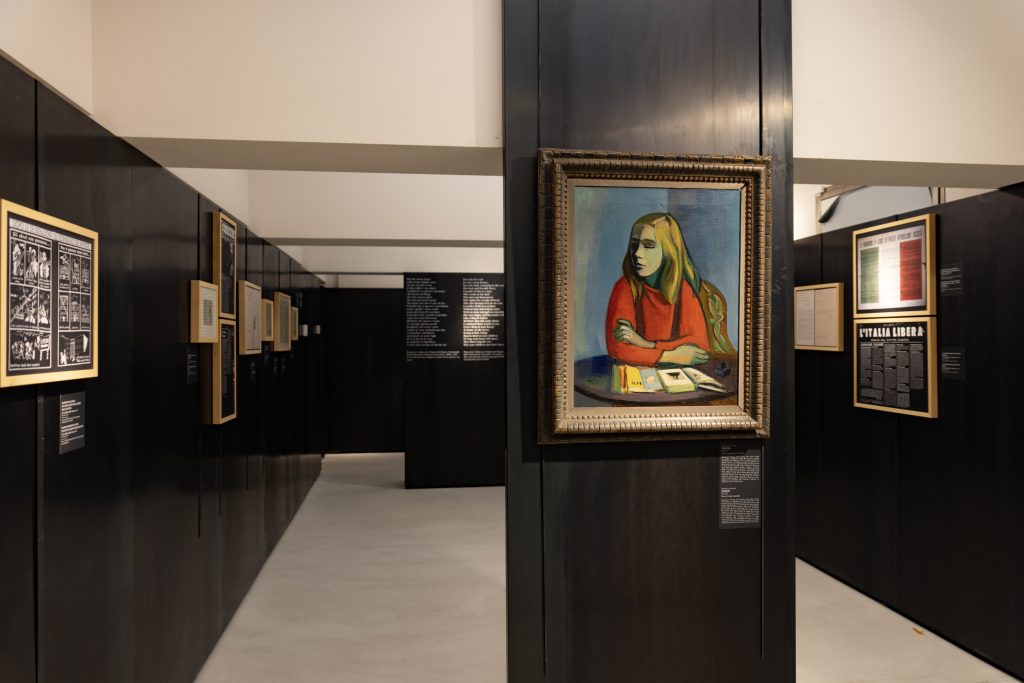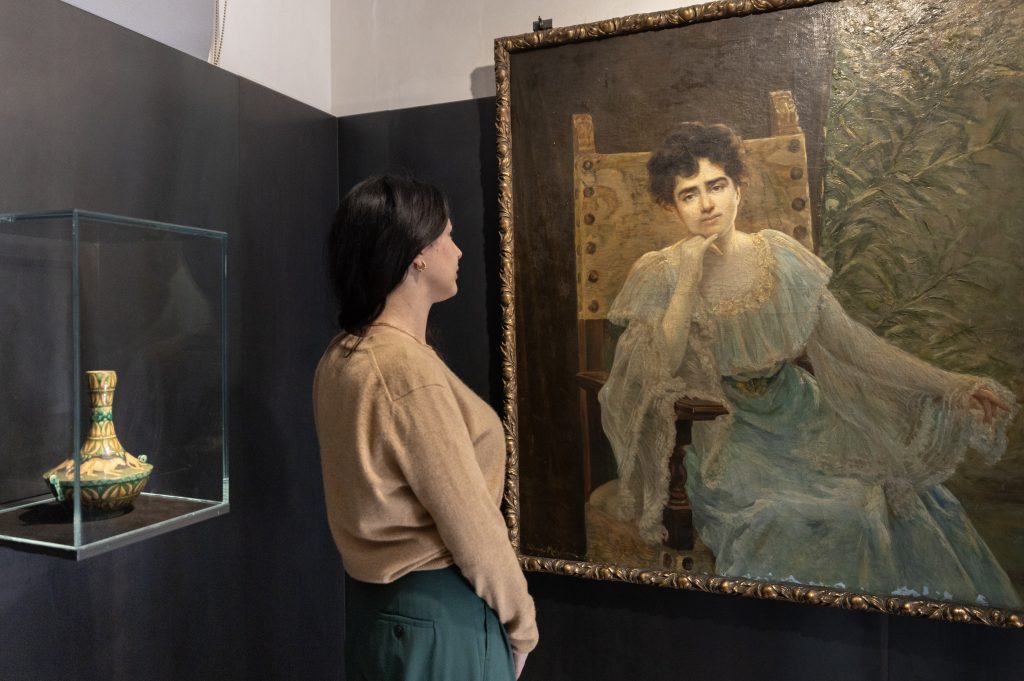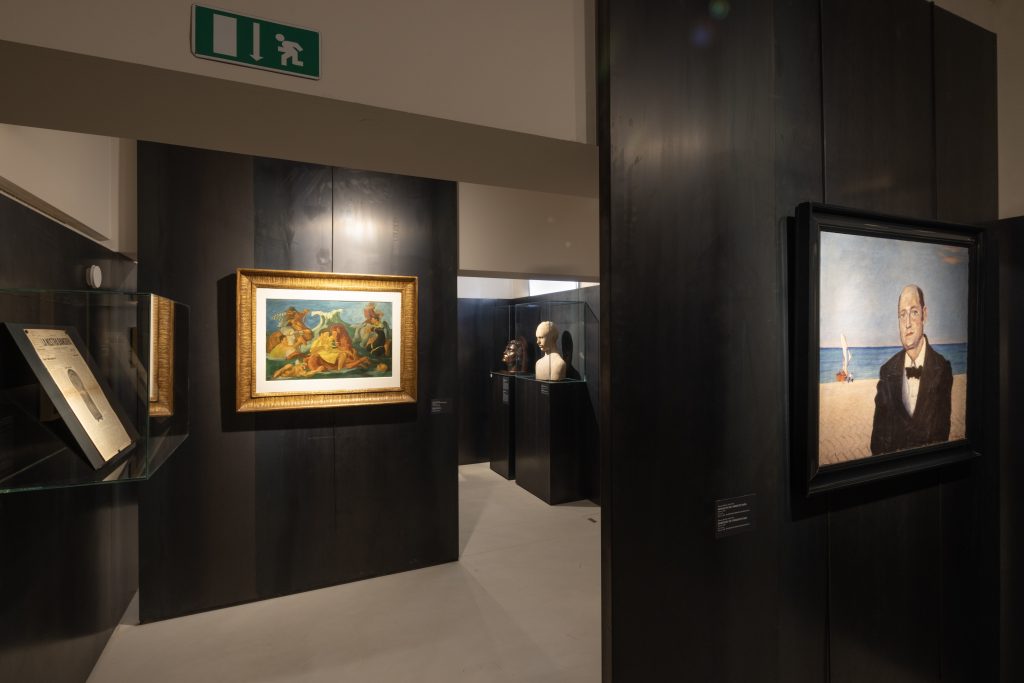The recently enlarged National Museum of Italian Jewry and the Holocaust (MEIS) is presenting an exhibition on Jews in the 20th century. Meet Rachel Silvera, Director of Communications at the museum, who also talks to us about the forthcoming European Days of Jewish Culture.

Jguideeurope: Are you participating in the EDJC? If so, which events will be organized?
Rachel Silvera: We will participate in the European Days of Jewish Culture with many activities that we are currently planning. In the meantime, we can anticipate that entry to the museum will be free for everyone and that there will be thematic guided tours of the “Jews in Twentieth-Century Italy” exhibition. There will then be an interesting conference that will connect the theme of the Day, the family, with the history of art: the families of the Bible will be told through famous paintings from the Renaissance onwards. We will conclude as usual with a concert hosted in our evocative Garden of Questions.

Which exhibitions will be shown at the museum?
Right now, we are hosting the exhibit “Jews in Twentieth Century”. Mario Toscano and Vittorio Bo have curated an exhibition divided into seven sections which offer a detailed overview of the twentieth century through the history, art and everyday life of Italian Jews. A project which shows how this minority integrated into Italian society and their sense of national belonging who, went through a tortuous process which involved first the acquisition of citizenship, then the loss and finally the reacquisition of their rights. The exhibition explores the period from the end of the 19th century after the destruction of the ghettos to the dawn of the new millennium, focusing on questions of importance for contemporary Judaism. It also deals with the Shoah: the tragic blow of the racial laws of 1938, the Jewish persecution and deportation.
The exhibition is enriched with contemporary artworks; photographs from public and private archives; historical documents and family objects. The many stories collected will make you discover and rediscover important Italian Jews from the art of Olga and Corinna Modigliani to the canvases of Corrado Cagli, to Antonietta Raphaël Mafai, Rudolf Levy and Emanuele Luzzati. Visitors will also view the contents featured in the multi-touch table, a multimedia tool which offers access to in-depth studies, original documents and first editions, and contributes to completing the picture of the cultural history of the 20th century.

Have you acquired new objects or documents those last two years?
At the end of July, the permanent path “Jews, an Italian story” will be enriched by two new acquisitions: it is a pair of tower stelae with Hebrew inscriptions produced in Verona around 1635 and owned by the Bassan family. The surname Bassan came from the Italian city “Bassano del Grappa”. These are two important objects for the Museum because they allow us to explain the traditions and funeral rites of Judaism but also to talk about the limitations imposed on Jews for burials during the period of the Counter-Reformation.
Can you present us the new parts of the museum?
At this moment, the museum has not yet inaugurated the two modern buildings foreseen by the architectural project, but it is very active in the planning of temporary exhibitions and events and in the redesign of the permanent exhibition which in about a year will tell the story of the Italian Jews from Roman Age to 1900. The next temporary exhibition will be dedicated to the holiday of Purim and will open in March 2025. We also have a Jewish Book Festival planned, activities for schools and families, concerts and much more!